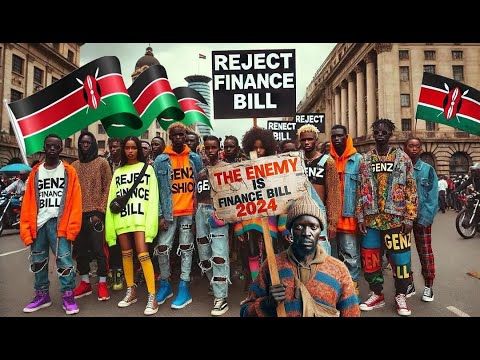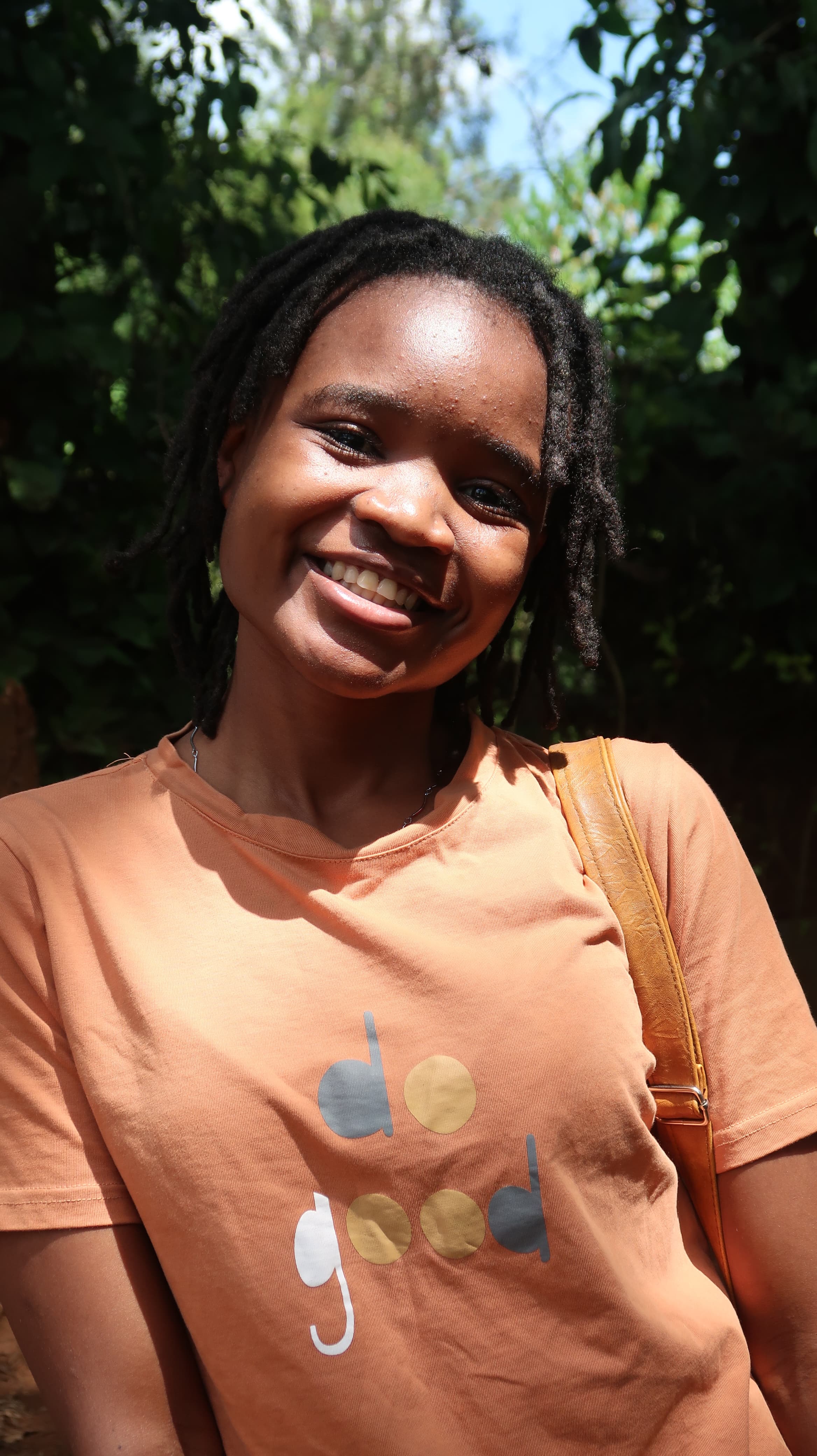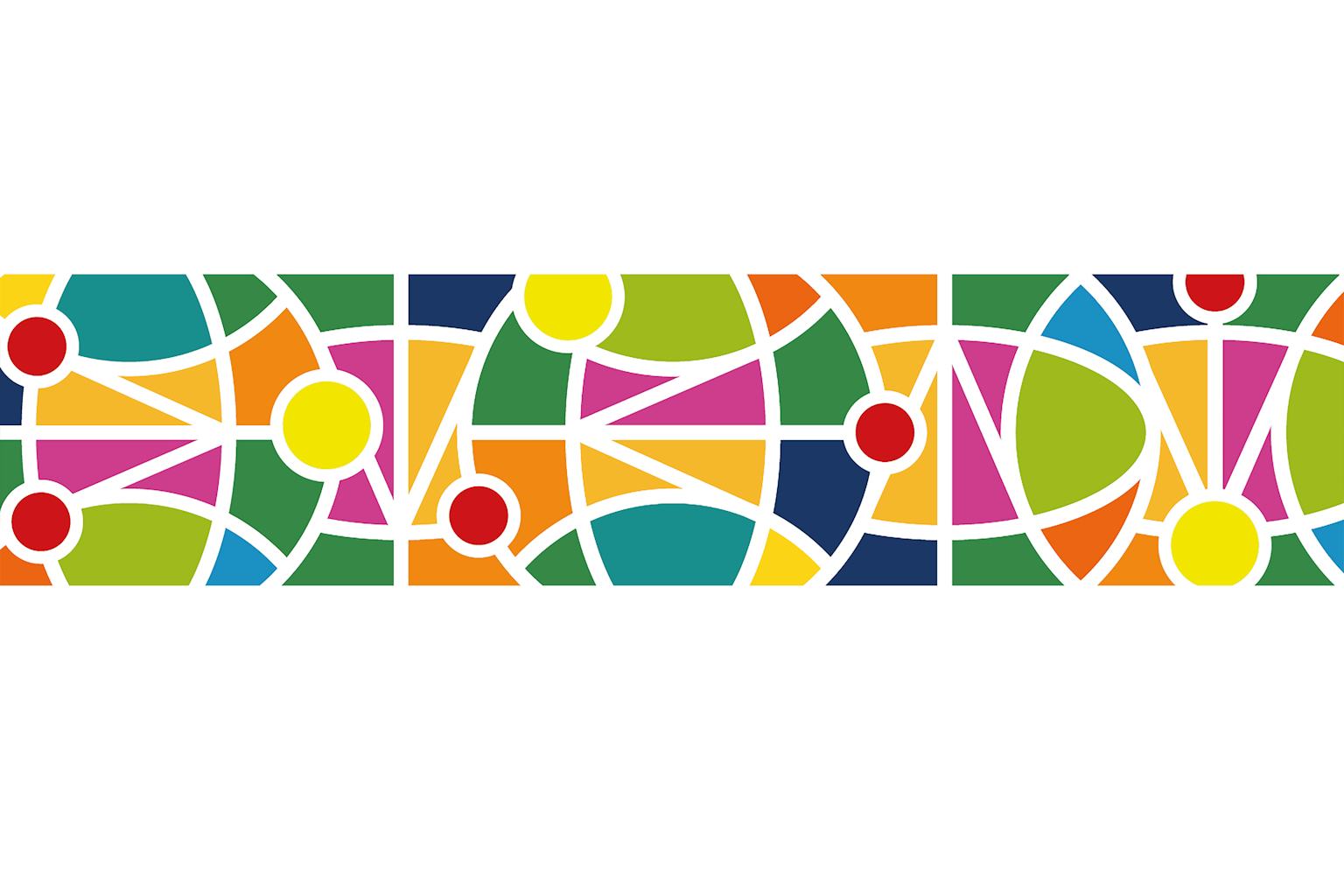After the #RejectFinanceBill2024 protests on 18th June 2024, Dagoretti South MP John Kiarie took it to parliament to state that the pictures shared on social media were fake.
“I am a graphic editor and I can tell you with certainty that some of the pictures are fake,” he declared.
The statement, as you can imagine, caused quite an uproar. How could the MP claim the pictures were fake when these were photos of our friends, our family, our colleagues and our Instagram and X influencers? These were people we knew by name, face and character. People we could point to on the street.
So how could the pictures and videos of them holding placards and shouting “RejectTheFinanceBill" not be real?
After backlash on social media, the MP eventually retracted his statement and publicly apologised. He was in the wrong. Obviously. However, he was also right. Some of the pictures shared on social media during the protests, albeit a select number that went viral, were actually not real. They were AI-generated images. But this is not new information.
AI-generated political images
If you have been on social media during this time, and let’s be honest, who hasn’t, then you have probably come across these images. One of them has a group of young GenZ’s dressed in colourful fashionable-GenZ-printed clothes while posing in front of the parliament with a banner written RejectTheFinanceBill behind them.
During the day of the protests when this image circulated around social media, it could immediately be recognised as AI-generated because of two things. One, it was released after a protest day whose dress code was all black. Everyone we knew who had gone to the protests had been in all black. We saw the images of our friends on our social media, on the news when the videos were aired, and for those of us who participated in the protests, we saw it in real life. Almost everyone was in all black, so where was this image of a supposed group of Gen Z’s who had dressed in colourful clothes coming from? That was the first hint.
The second hint had to do with the fact that no one in the picture looked familiar. There was no one you could point out to and say, hmm, I know that person because I saw this picture of them in another post. The features also seemed staged, and the whole image seemed to be a replication of a small number of people to make it seem like a large crowd.
And yet, this picture went viral. Apart from those of Kasmuel Mcoure, Charisma, Boniface Mwangi and other activists, this was the picture that was shared the most. People posted it on their Instagram stories, it got retweeted on X, and on Facebook, it was the image our parents came across when they learnt about the protests.
What does it mean then, when an image generated by AI gets as many views as the one depicting real people? How has or will artificial intelligence impact the political state of a nation?
Artificial politics
AI has infiltrated almost every aspect of our lives. This statement sounds like a threat, but in fact, it’s not. It’s simply a statement. If AI is in so many other aspects of our lives, then it only makes sense that it’s also being used in politics.
But how is AI being used in politics and what impact can it have, whether positive or negative on the political situation at hand? The first example is what we have seen previously – the use of AI to doctor images and the spreading of the said images to pass across a message.
There are two implications of this. If the image is used to propagate a good cause, then it’s good, right? The GenZ AI protest image, for instance, was for a good cause. Because of it, there was more awareness about the RejectFinanceBill protests which has brought about changes such as President Ruto withdrawing the Bill on 26th June 2024 and firing the Cabinet Secretaries on 11th July 2024.
Unfortunately, that is not the case in most political situations. In 2024 alone, sixty four countries plus the EU are planning to hold national elections. This means that for the first time ever, almost half of the world’s population is going to be in a tight political situation in the midst of the evolution of artificial intelligence. And with political campaigns majorly happening on social media, one can only wonder about the lengths political rivals will go to alter and blur the reality we see.
We have already seen this happening in countries such as Argentina whose October 2023 elections had the political rivals launch AI campaign attacks against each other. During the campaigns, one of the Argentine presidential candidates, Sergio Massi, used AI to doctor a video of his opponent Javier Milei which depicted him making damaging statements. The video went viral on social media and garnered more than 30 million views.
With the capabilities to alter and blur reality as we know it, using AI in politics brings another matter to the table – fake reality. Twitter brought along the age of fake news, and now we should be worried not only about fake news but also about fake reality.
The positives of using AI in politics
But the spread of misinformation is not the only thing that AI influences in a political situation. Using AI also has its advantages. During the Finance Bill protests in Kenya, for example, Kenyan software engineer, Kelvin Ndemo, used AI to create a FinanceBillGPT. The purpose of the GPT, which offers up-to-date information on the Finance Bill, is to allow users to access any information to better understand the topic.
The GPT was and is still a hit because, with just a click of a few buttons, anyone could have knowledge of the bill. Plus, the fact that you could ask any question ranging from Help me calculate my net salary based on Finance Bill 2024 to How does Finance Bill 2024 affect digital content creators and freelancers is the cherry on top. Now, everyone could understand just how much the FinanceBill2024 was going to affect them.
This is not the only example of how AI can be beneficial in a political situation. In 2022, a group of researchers in the United States received a grant to build an AI system that aids in counting and scanning ballots accurately and more quickly. The system will replace the traditional ballot scanner, which in most cases cannot identify stray or misplaced marks on the ballot paper and is often slow in producing the much-anticipated election results.
During campaigns, politicians and their teams can also leverage the power of AI to get comprehensive data-driven information on public opinion. This can later allow for the politicians to make informed decisions on what campaign strategies to employ and to keep up with emerging trends on social media.
The data-driven political campaigns also go hand in hand with predictive analysis, where politicians could use AI to predict the public’s behaviour. Of course, people’s opinions change all the time, and there can be no accurate way of telling whether what they think at one point could be the same as what they will think at another point in time.
But using machine learning algorithms, there is a slight chance of correctly determining and predicting their behaviour. For politicians, this can be very useful when it comes to tailoring their campaigns to administer to a certain demographic.
Wrapping up
There are many more examples of the positives of using AI in politics, just as there are the negatives of it. It’s clear that AI is already altering our reality as we know it, whether we might be for it or against it. When it comes to politics, we can only hope that the politicians we elect and who we campaign for will use it for good instead of the opposite. But this is the world, and people, just like AI systems, evolve all the time. All we can do is wait.





